The South Koreans believe they have the right answer to the ID offensive. from Volkswagen and, a few months after the Hyundai IONIQ 5, it's the turn of the Kia EV6 if you come to join this “counter-attack”.
While in the Volkswagen Group the MEB platform will serve almost all electric models from Audi, CUPRA, SEAT, Skoda and Volkswagen, in the Hyundai Group this role belongs to the e-GMP platform.
The idea is to launch 23 100% electric models on the market by 2026 (some of which are versions of existing models, without a dedicated platform), the year in which the goal is to put one million 100% electric cars on the road.
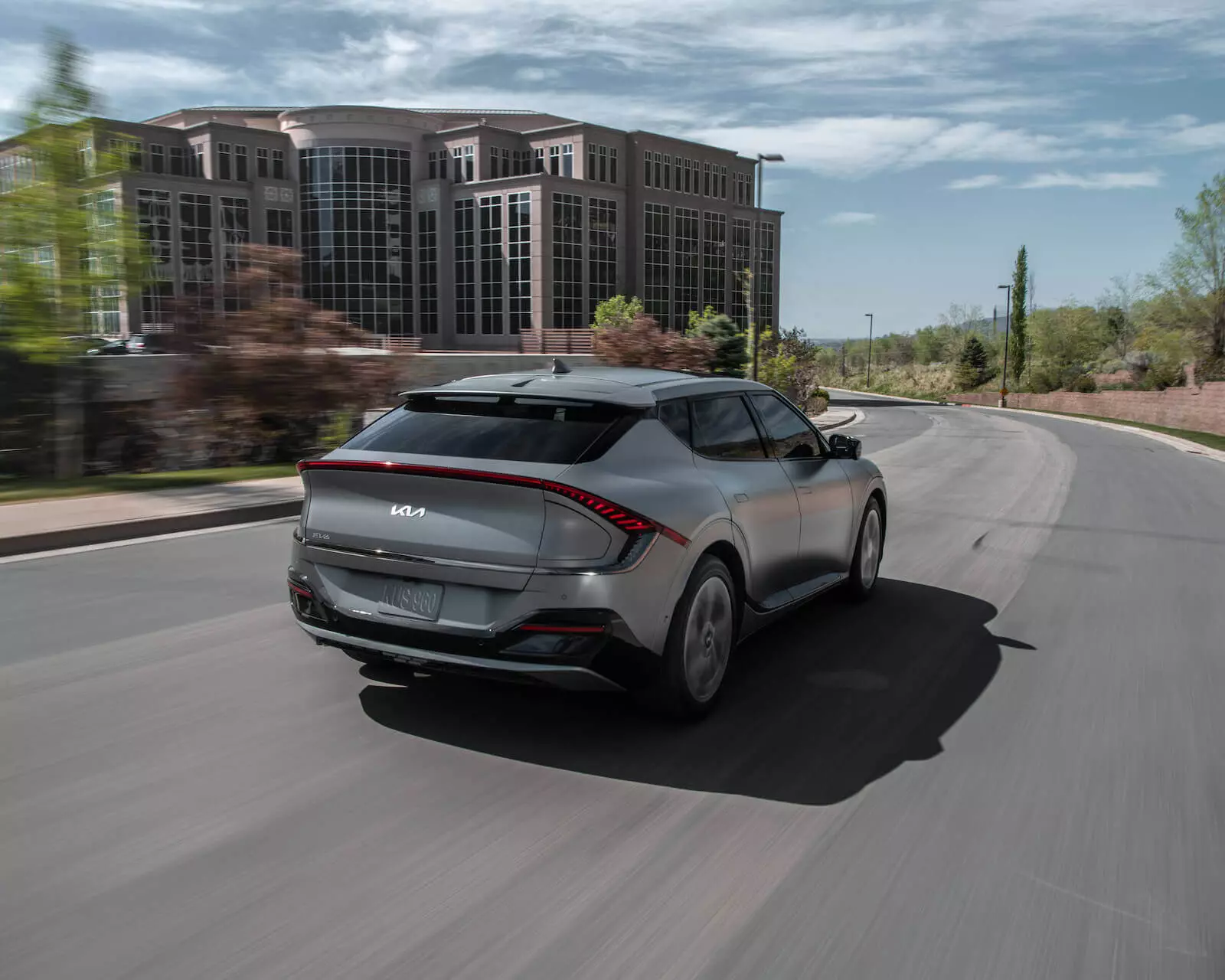
does not go unnoticed
With a look that does not fail to evoke (subtly) the lines of the iconic Lancia Stratos, the Kia EV6 presents itself with proportions half SUV, half hatch, half Jaguar I-Pace (yes, there are already three halves…).
In terms of dimensions, it is ample 4.70 m long (6 cm less than the Hyundai), 1.89 m wide (same as IONIQ 5) and 1.60 m high (5 cm less than the Hyundai) and a very stretched 2.90 meter wheelbase (still 10 cm shorter than the IONIQ 5).
In addition to proportions, the design scores points in character. We have what Kia dubs a “reinterpretation of the 'Tiger Nose' in the digital age” (with the front grill almost disappearing), flanked by prominent narrow LED headlamps and a lower air intake that helps increase the feeling of width.
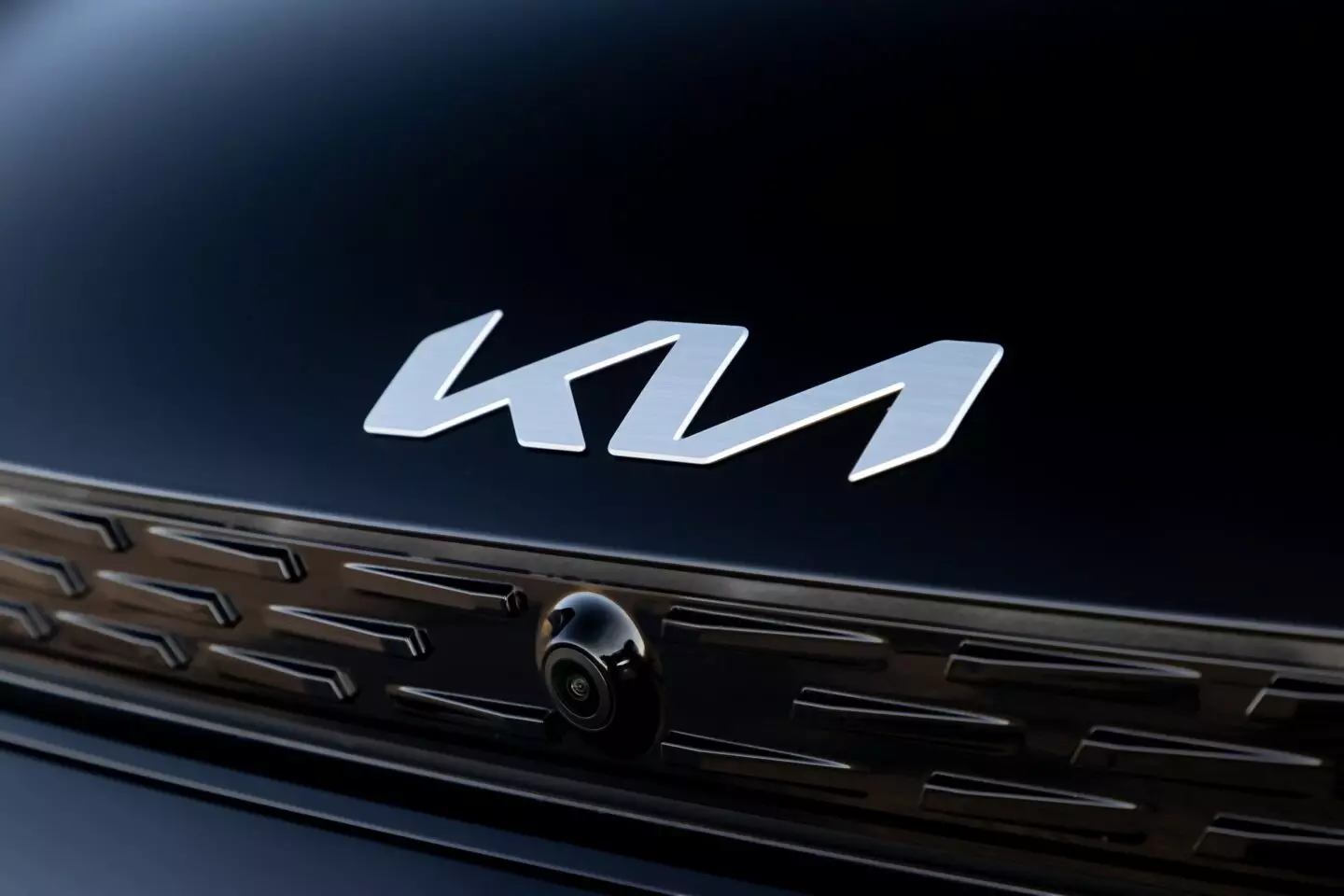
In profile, the crossover silhouette is full of undulations that help highlight the long length, ending in a striking rear as a result of the huge LED strip that extends from one side of the EV6 to the other and even reaching the arches of each of the wheels.
"Scandinavian" Minimalism
The modern cabin has a very “breezy” appearance with a Scandinavian minimalist dashboard and center console and slim seats, covered in recycled plastics. The surfaces are mostly hard to touch and simple in appearance, but with finishes that denote quality and strength.
As for the dashboard, it features two well-integrated curved 12.3” screens: the one on the left for the instrumentation and the one on the right, slightly directed towards the driver, for the infotainment system. A few physical buttons remain, mainly climate control and seat heating, but almost everything else is operated by the central touchscreen.
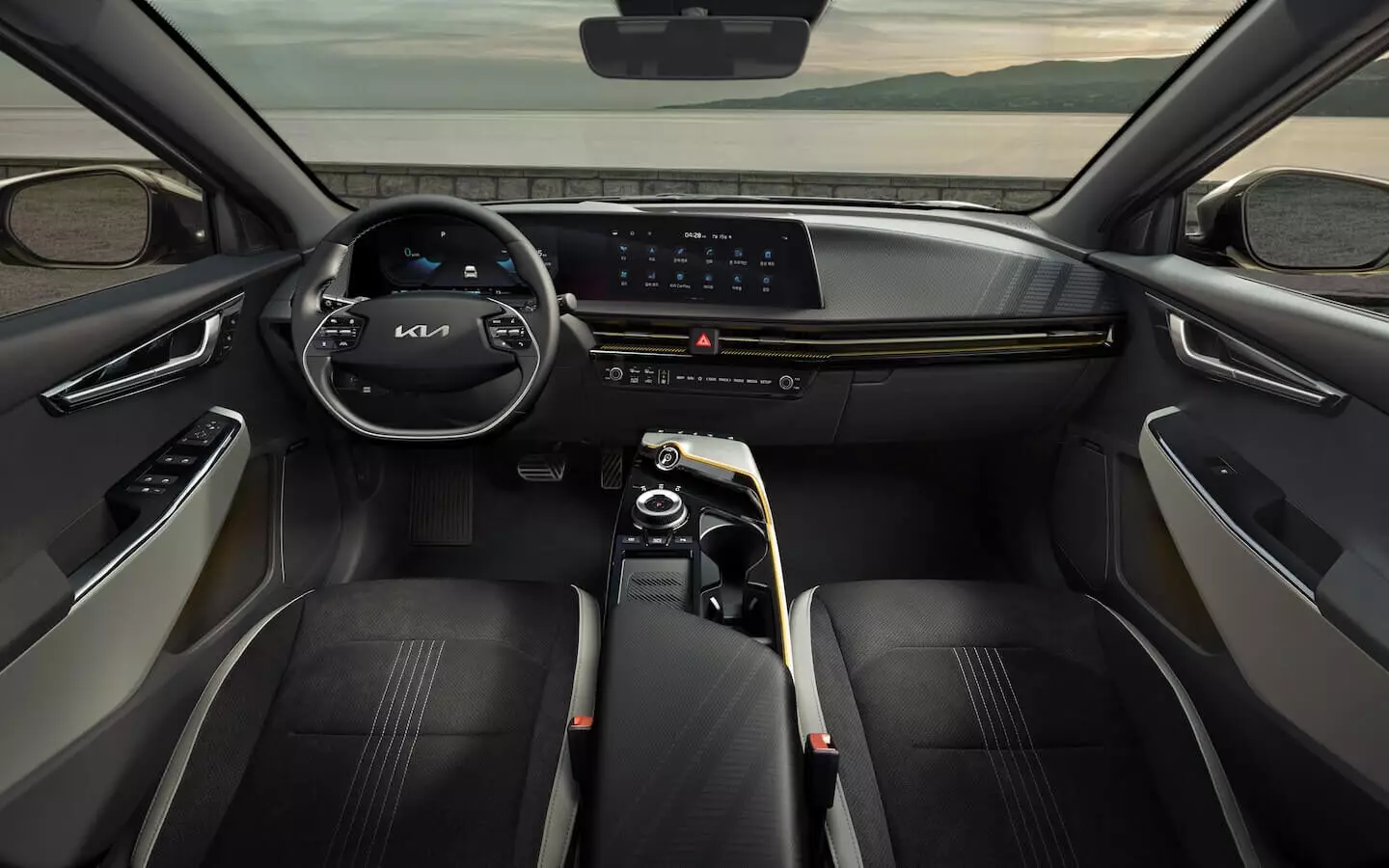
Aboard the EV6, minimalism reigns.
As for the habitability chapter, the long wheelbase “deals”, with the Kia EV6 offering plenty of legroom in the second row of seats. To help with all this, placing the batteries on the floor of the car created a flat floor and increased the height of the seats.
The luggage compartment is equally generous, with a volume of 520 liters (up to 1300 with the rear seat backs folded down) and easily usable shapes, which are added another 52 liters under the front hood (only 20 in the case of the 4×4 version with an engine at the front that we tested).
Against the competition, this is a volume higher than the Ford Mustang Mach-E (402 liters) but lower than the Volkswagen ID.4 (543 liters) and Skoda Enyaq (585). However, the rivals of the Volkswagen Group do not offer such a small front luggage compartment, so the plan is “balanced”.
Find your next car:
sports performances
The access versions of the EV6 range are only rear-wheel drive (58 kWh battery and 170 hp or 77.4 kWh and 229 hp), but the test unit we were given (still pre-production) was the 4×4, in this case even in its most powerful derivation of 325 hp and 605 Nm (in Portugal the EV6 all-wheel drive that will be sold is the least powerful, with 229 hp).
All Kia EV6 prices for Portugal
Later, at the end of 2022, a more powerful 4×4 EV6 GT joins the family that raises the total output to 584 hp and 740 Nm and capable of an acceleration from 0 to 100 km/h in 3.5s and an astonishing top speed of 260 km/h.
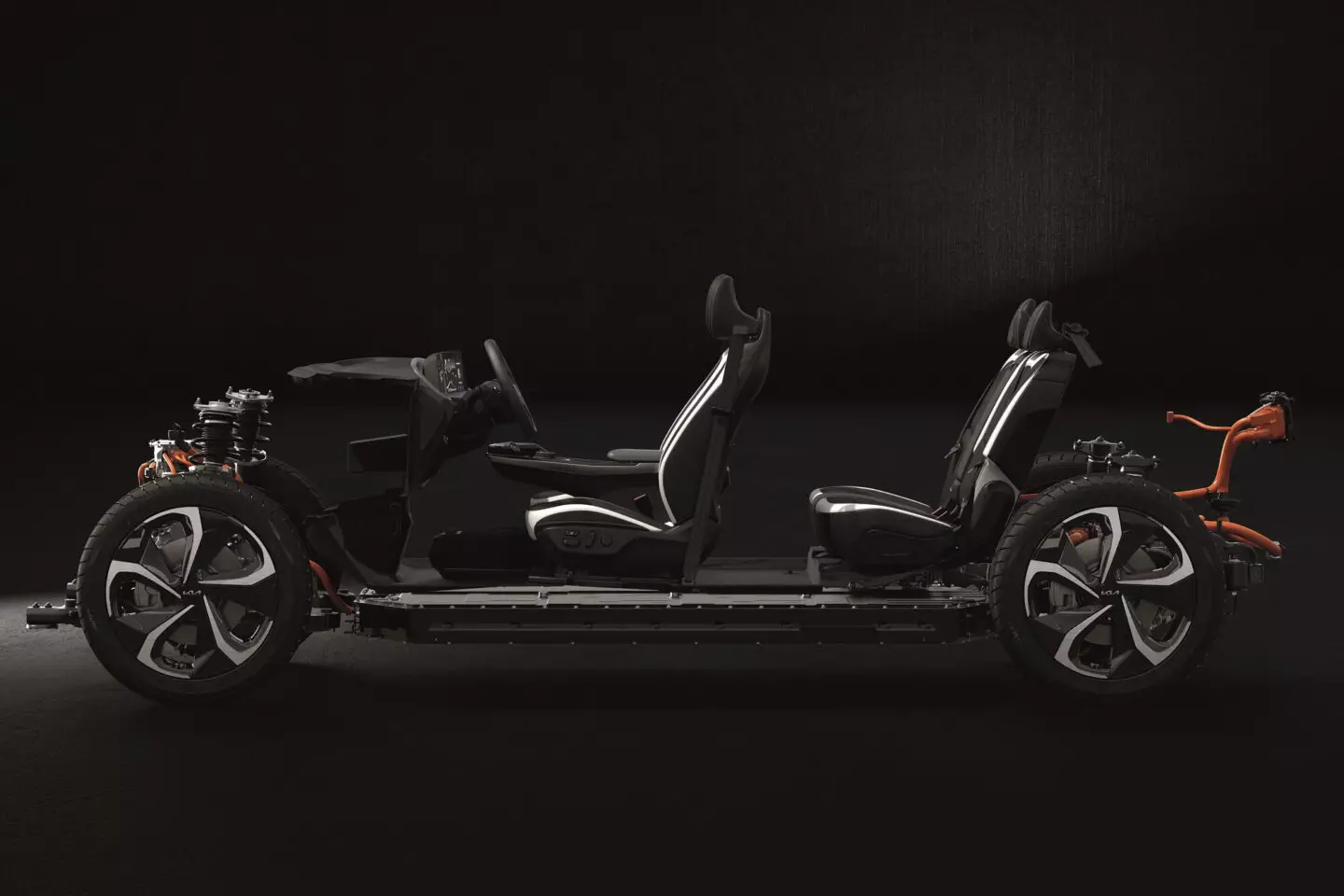
The second row benefits from the use of a dedicated platform.
For the overwhelming majority of future drivers, the 325 hp version “came in and out” for their demands, while positioning itself as a natural rival to Volkswagen's ID.4 GTX.
Despite the 2.1 tons of weight, the combined performance of the 100hp front and 225hp rear engine quickly makes it “look lighter”, allowing for sports performance: 0 to 100 km/h in just 5.2s, 185 km/h of maximum speed and, above all, recoveries from 60 to 100 km/h in just 2.7s or from 80 to 120 km/h in 3.9s.
But the EV6 is not just about power. We also have an energy recovery system operated through paddles placed behind the steering wheel so that the driver can choose between six levels of regeneration (null, 1 to 3, “i-Pedal” or “Auto”).
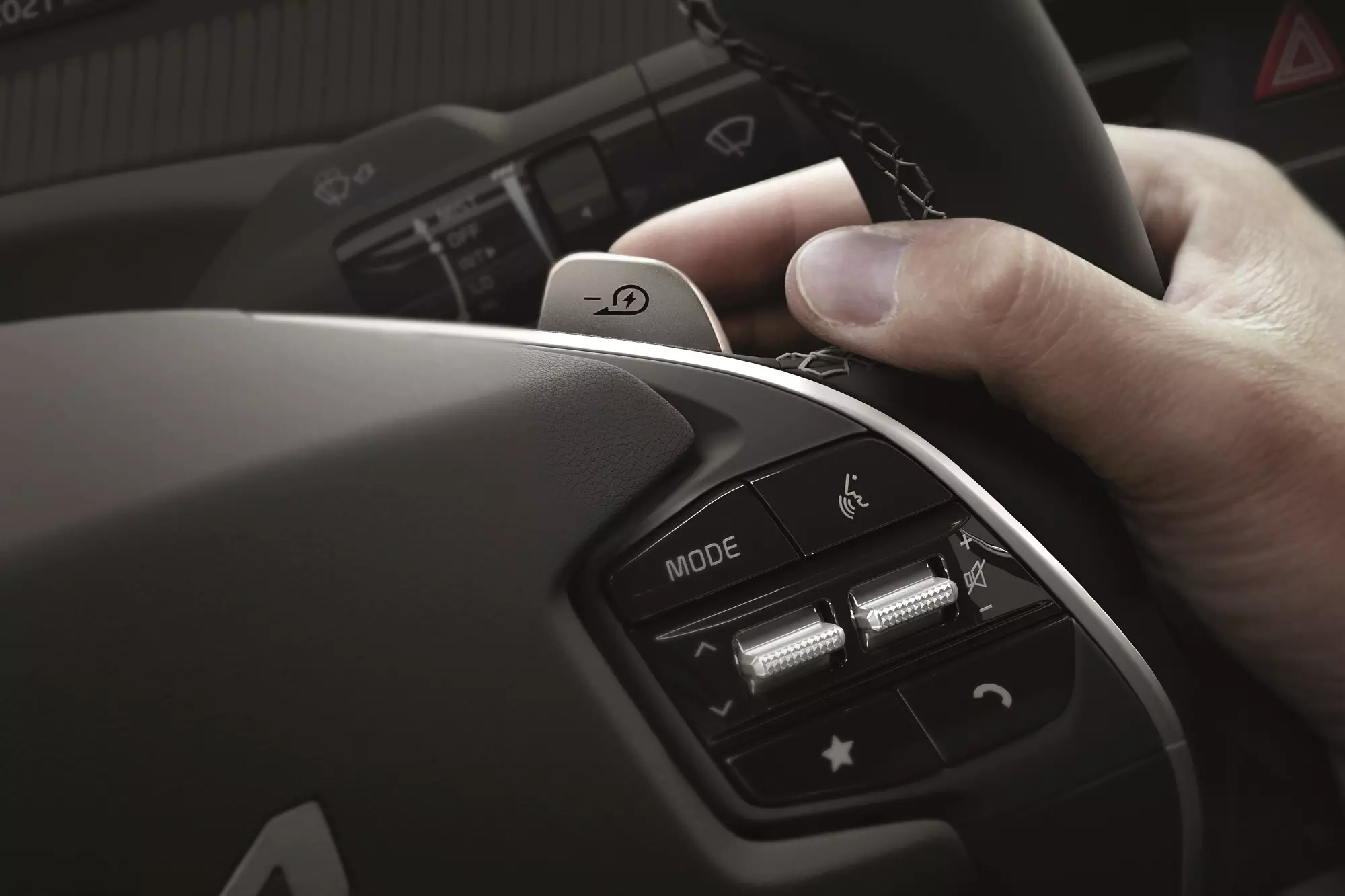
The steering requires, as in all trams, a period of adaptation, but it has a well-calibrated weight and a sufficiently communicative response. Even better than the suspension (independent with four wheels, with multiple arms at the rear).
Despite being able to contain the body's transverse movements well (the low center of gravity and heavy weight of the batteries help), it turns out to be too nervous when going over bad floors, especially at high frequency requests.
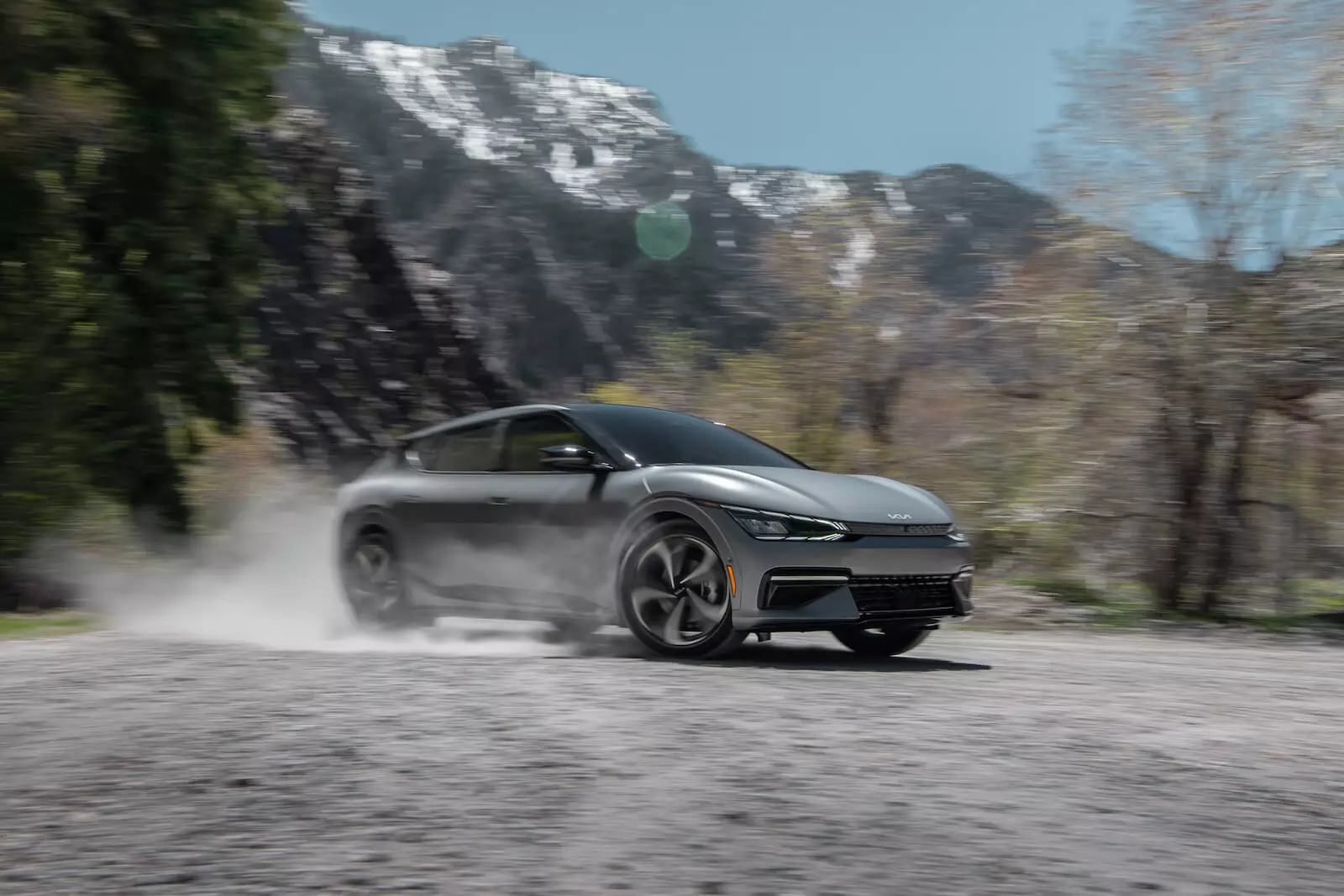
One caveat: this was a pre-production unit and the Korean brand's engineers are trying to make the final car less able to rattle its occupants when passing over more protruding bumps on the asphalt.
400 to 600 km of autonomy
Equally or more relevant in an electric car is everything that has to do with its autonomy and charging speed and here the EV6 seems to have everything to make a good impression. 506 km are promised with a full battery (they can drop to around 400 km if highways are predominant or extend up to 650 in urban routes), that is, with the smaller 19” wheels.
This is the first model from a generalist brand (along with the IONIQ 5) to be charged with a voltage of 400 or 800 volts (until now only Porsche and Audi offered it), without distinction and without the need to use adapters. chain.
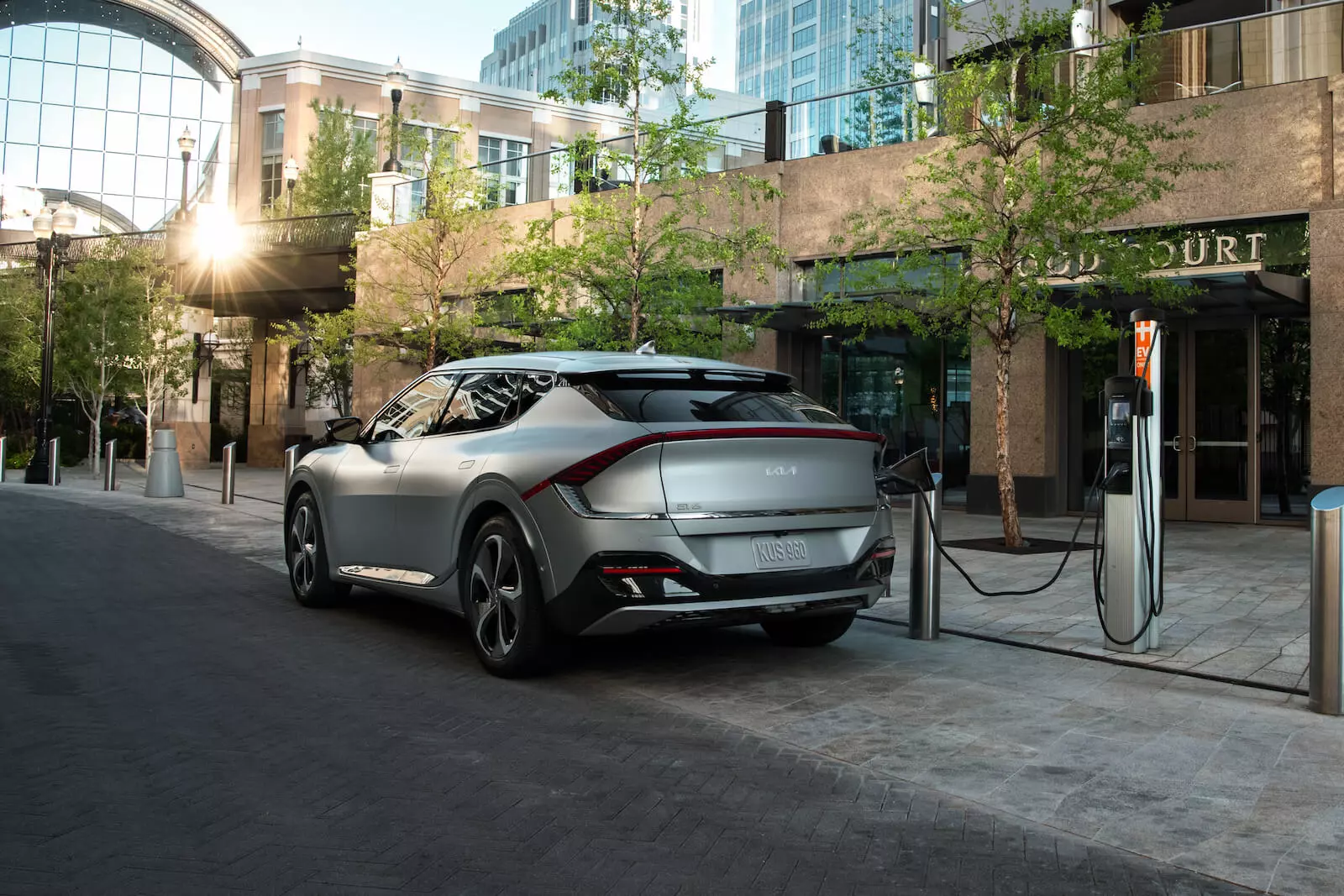
This means that, in the most favorable conditions and with the maximum allowed charging power (240 kW in DC), this EV6 AWD can “fill” the 77.4 kWh battery up to 80% of its capacity in just 18 minutes or add enough energy for 100 km of driving in less than five minutes (in the two-wheel drive version with the 77.4 kWh battery).
In a context closer to our reality, it will take 7h20m to fully charge an 11 kW Wallbox, but only 1h13m in a 50 kW fast gas station, in both cases to go from 10 to 80% of the battery's energy content.
A peculiarity: the EV6 allows bidirectional charging, that is, the Kia model is capable of charging other devices (such as an air conditioning system or a television simultaneously for 24 hours or even another electric car), with an outlet for that " domestic” — Schuko — at the base of the second row of seats).
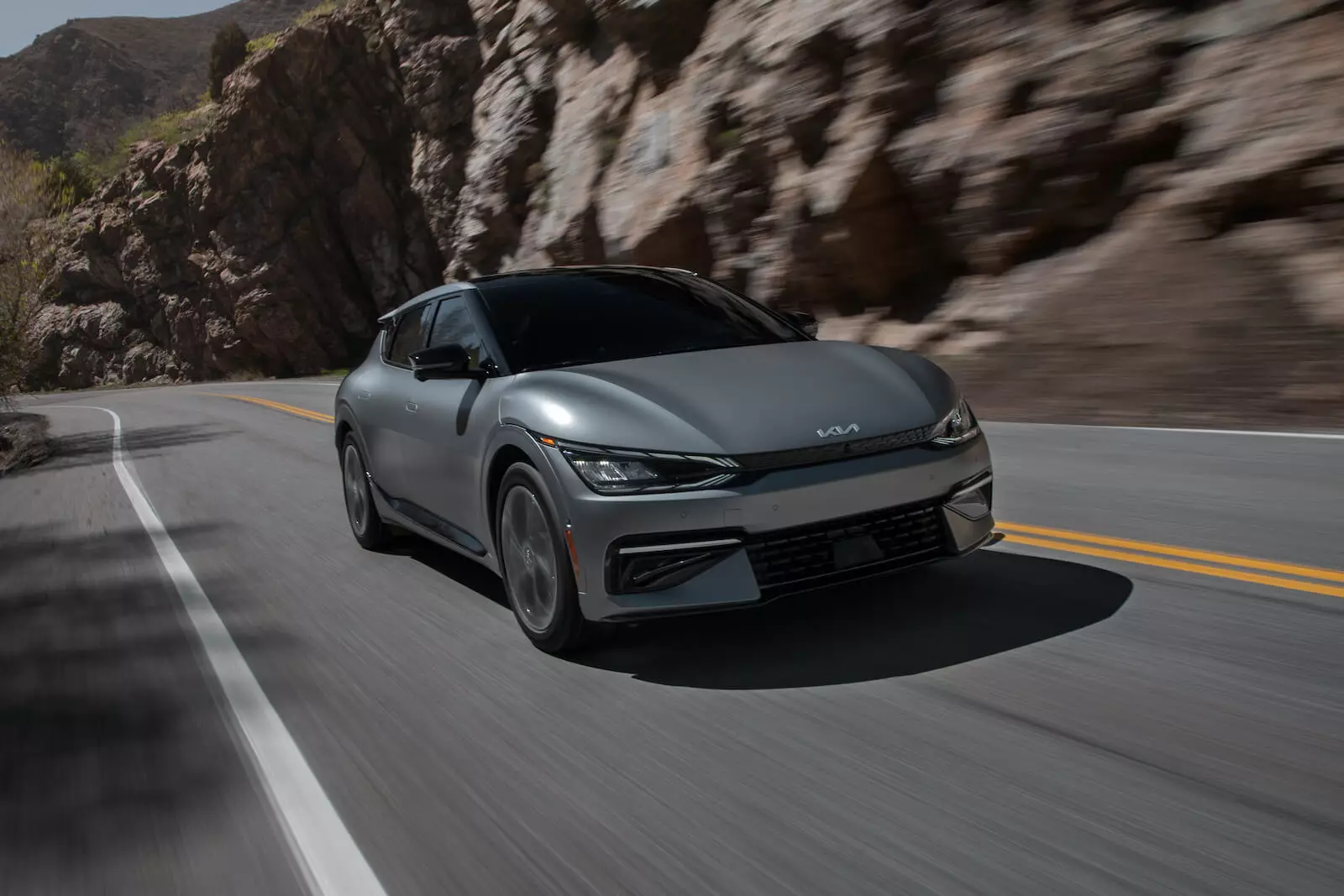
Scheduled for arrival on the market in October, the Kia EV6 will see its prices start at 43 950 euros for the EV6 Air and go up to 64 950 euros for the EV6 GT, values that do not include transport costs, legalization and eco-taxes. For business customers, Kia has prepared a special offer whose price starts at €35,950 + VAT, turnkey price.
Datasheet
| Motor | |
|---|---|
| Engines | 2 (one on the front axle and one on the rear axle) |
| power | Total: 325 HP (239 kW); Front: 100 hp; Rear: 225 hp |
| Binary | 605 Nm |
| Streaming | |
| Traction | integral |
| Gear box | Reduction box of a relationship |
| Drums | |
| Type | lithium ions |
| Capacity | 77.4 kWh |
| Loading | |
| ship loader | 11 kW |
| Infrastructure load | 400V/800V (without adapter) |
| Maximum power in DC | 240 kW |
| Maximum power in AC | 11 kW |
| loading times | |
| 10 to 100% in AC (Wallbox) | 7:13 am |
| 10 to 80% in DC (240 kW) | 18 min |
| 100 km of DC range (240 kW) | 5 min |
| Upload to network | 3.6 kW |
| Chassis | |
| Suspension | FR: Independent MacPherson; TR: Multiarm Independent |
| brakes | FR: Ventilated discs; TR: Ventilated discs |
| Direction | electrical assistance |
| turning diameter | 11.6 m |
| Dimensions and Capabilities | |
| Comp. x Width x Alt. | 4.695m/1.890m/1.550m |
| Length between the axis | 2.90 m |
| suitcase capacity | 520 to 1300 liters (front boot: 20 liters) |
| 235/55 R19 (option 255/45 R20) | |
| Weight | 2105 kg |
| Provisions and consumption | |
| Maximum speed | 185 km/h |
| 0-100 km/h | 5.2s |
| Combined consumption | 17.6 kWh/100 km |
| Autonomy | 506 km to 670 km in town (19” wheels); 484 km to 630 km in town (20” wheels) |
Authors: Joaquim Oliveira/Press-Inform
